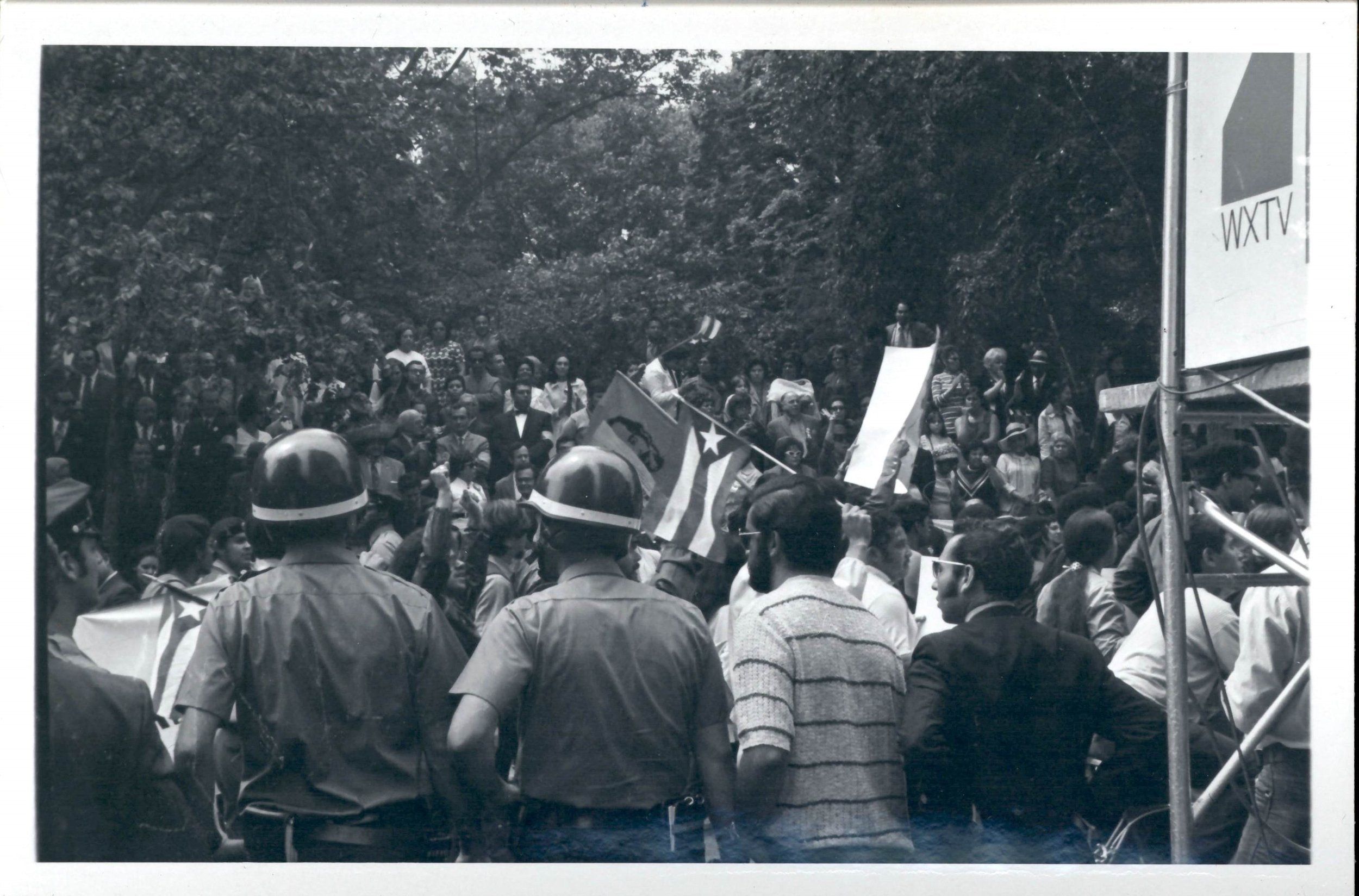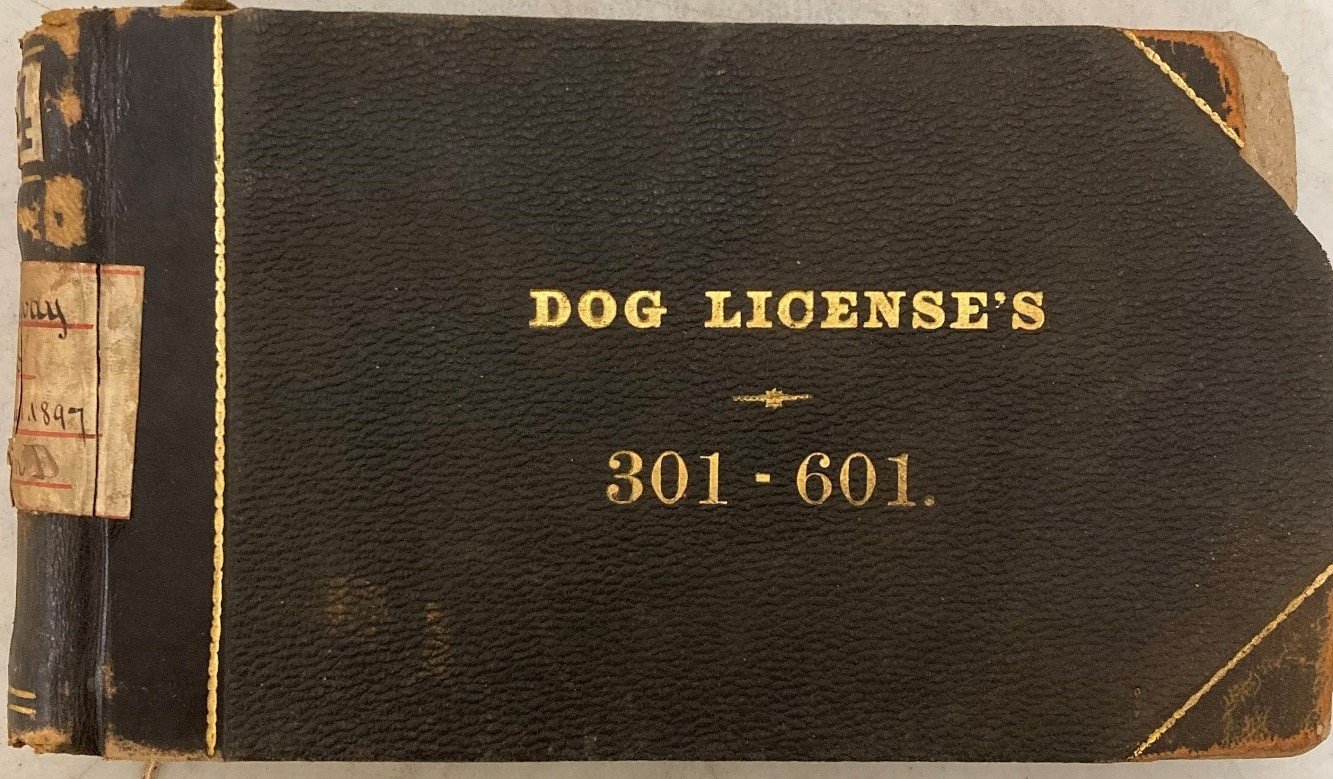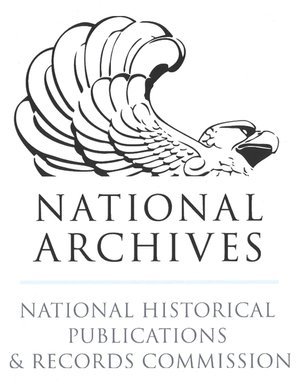As queer people have increasingly asserted their visibility in public life and sought equal treatment, opponents of LGBTQ+ rights have consistently expressed their view that queer teachers or role models might have a negative impact on children or the notion of families in general. Undoubtedly, these views existed long before any kind of large LGBTQ+ rights movement. Since queer people have more aggressively pushed for equal treatment under the law, these fears have been given more specific and explicit form, shaped into arguments meant to defeat or support legislation. The ongoing digitization of the Municipal Archives’ WNYC-TV collection makes available video content that sheds light on the thinking of both supporters and opponents of such legislation in late 20th century America, echoed by the same arguments still playing out today.
Starting in 1971, the New York City Council repeatedly considered a so called ‘gay civil rights bill’ that would have added sexual orientation to anti-discrimination laws already on the books. Doing so would have protected the livelihoods, living situations and access to public spaces of gay, lesbian and bisexual New Yorkers- but essentially excluded trans people from these same protections. As covered in a July 2020 For the Record post, The Battle for Gay Rights, this effort narrowly failed again and again until it finally passed in 1986. Before then, an array of powerful groups in New York City formed coalitions to defeat the legislation, often citing threats to traditional family structures and children.
District Attorney Robert Morgenthau and Deputy Governor Mary Anne Krupsak supported the ‘gay civil rights bill,’ while Councilmember Anthony R. Gaeta did not. REC0047_01_3447, September 11th, 197.5 WNYC-TV Collection. NYC Municipal Archives.
In 1975, councilmember Anthony R. Gaeta expressed the fears of many New Yorkers at the time. He was afraid that gay teachers specifically, or just the basic presence of openly gay people more generally, would have an ‘adverse effect’ on young children. Hearing his argument, some might find it possible to see how the word ‘gay’ could just as easily be replaced with the word ‘Jewish’ or ‘foreign’ or ‘black’ and similar arguments were made in favor of maintaining other discriminatory laws. Although Gaeta did not go into further detail in the interview, many other opponents of expanding civil rights laws to include sexual orientation made it clear that they believed that gay or lesbian or bisexual people would influence the sexuality of children, turning them into members of a group seen as undesirable in some communities. For example, the 1978 Briggs Initiative in California, that Harvey Milk campaigned against, would have required any openly gay teacher to be fired under Briggs’ belief that all gay teachers intended to abuse their students.
Openly gay teacher Linda Levy describes the positive impact she believes openly gay, lesbian or bisexual teachers can have on all of their students, regardless of sexual orientation. REC0047_2_013_0230, 1991, WNYC-TV Collection. NYC Municipal Archives.
To be sure, teachers play a vital role in the lives of their students and can be some of the most influential role models a child will have. But some students like Mayumi Passenant never had any openly gay teachers, did not see any teacher as a role model and found support from straight teachers when opening up about her sexuality. And openly queer teachers bring value to more than just LGBTQ+ students by being open. Their openness expands the world their students live in and what is possible in it. Allowing teachers to be open also helps them teach better by not forcing them to lie or mislead their students. In a world where teachers already struggle with a lack of resources, hobbling LGBTQ+ teachers only further harms the children who depend on them for a good education and to do well later in life.
Legal Director of the LAMBDA Legal Defense Fund Paula Ettelbrick and Co-Chair of Center Kids Wayne Steinman rejected the idea that same sex parents cannot provide sufficient role modelling for their children. REC0047_2_013_0229 June 5th, 1991 WNYC-TV Collection. NYC Municipal Archives.
What’s more, the notion that someone can define the sexuality of another through social pressures, or that gay people are especially likely to abuse children, is a hateful and shameful scapegoating myth that undermines efforts to protect children from real abuse. Any link between sexual orientation and childhood abuse has been repeatedly dismissed by experts, even at the Department of Justice as early as 1978. Today, sexual orientation is seen by researchers as the result of a wide variety of subtle biological factors and not something that is engineered in the way one is raised or taught. While the source of one’s sexual orientation is internal, the discrimination one might face is entirely external and within our control as a society. Protecting children from abuse means also protecting gay, lesbian, bisexual and trans children from abuse and remembering that every gay, lesbian, bisexual and trans adult today was once a gay, lesbian, bisexual or trans child.
New mothers Miriam Frank and Desma Holcomb describe the joys of new motherhood and the considerate way they raise their daughter Ruth. REC0047_2_013_0229 June 5th, 1991, WNYC-TV Collection. NYC Municipal Archives.














